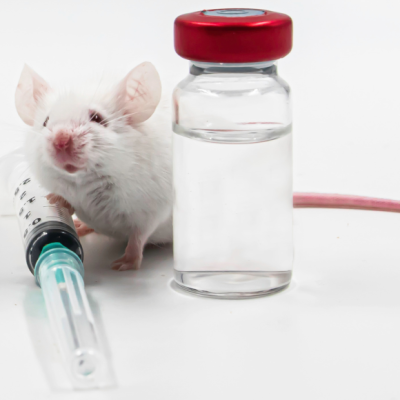In a groundbreaking development, American researchers have successfully used nanotechnology to detect even the smallest tumors. The tiny nanoparticles cause the tumors to glow, allowing them to be located and surgically removed with the help of a special camera. Until now, it has been difficult to detect small cancerous growths, which are often overlooked during examinations. However, scientists have developed a promising new technique using complex nanotechnology that can make tumors as small as a few millimeters visible. Although the method has only been tested on mice with cancer, the researchers are confident that it could help detect cancer in humans much earlier, potentially increasing survival rates through surgery or cancer therapy.
The researchers published their findings in the journal Nature Communications, reporting on the first results they obtained with mice suffering from cancer. Jianghong Rao of Stanford University explained that the nanoparticles used in the study luminesce independently, without being stimulated by a light source. This property was achieved by combining various materials, including quantum dots made of a semi-conductive plastic that can emit light waves in the infrared range. To make the plastic glow, the researchers added the protein R. reniformis luciferase, which can produce blue light under certain conditions. The plastic and the combined protein created the nanoparticles, which can emit infrared light waves independently without external stimulation. To distribute the nanoparticles in a liquid, the researchers coated them with a biocompatible protective shell and added other chemical compounds to ensure that they would preferentially attach to tumors in the body.
The experiment on mice with cancer showed that the weak infrared light emitted by the nanoparticles could be made visible with a special camera. The resulting images were so contrast-rich that even millimeter-sized cancer cells were clearly visible on the monitor, with a ratio of 100:1. This breakthrough could revolutionize cancer detection and treatment, potentially saving countless lives in the future.










